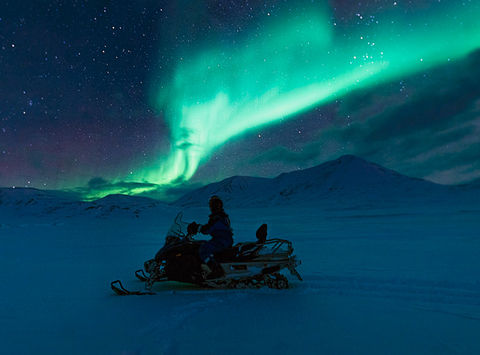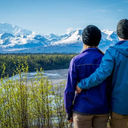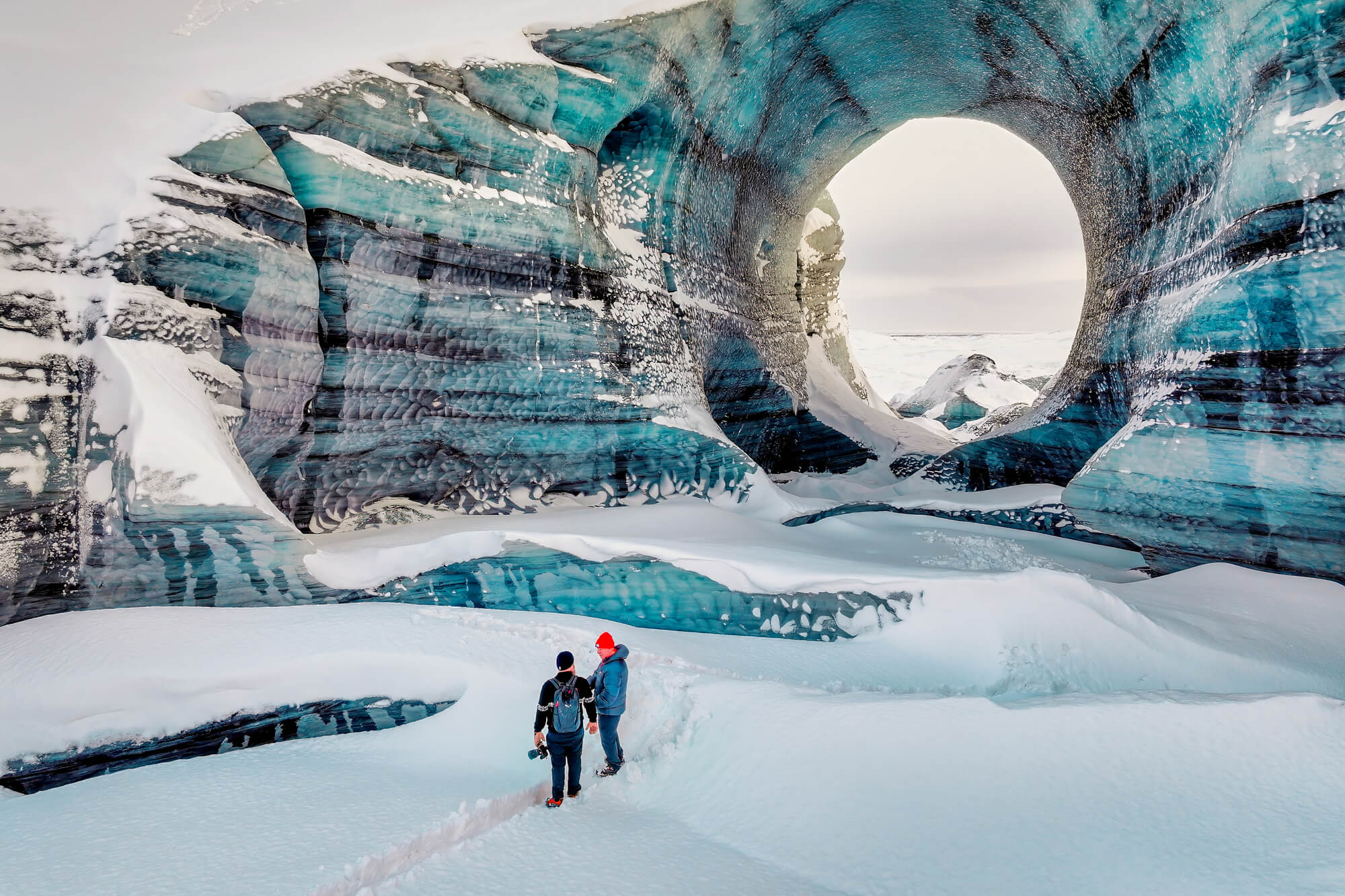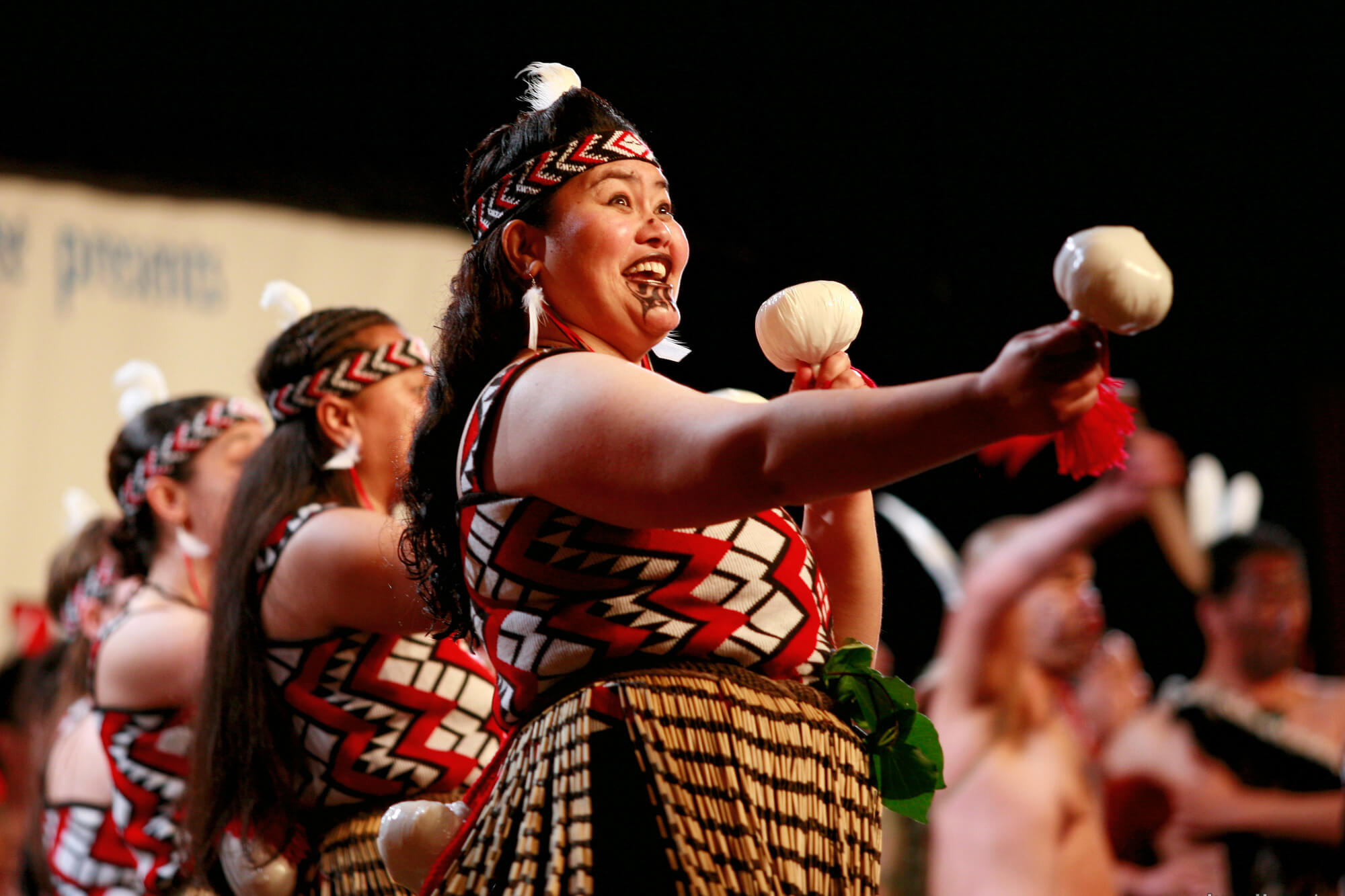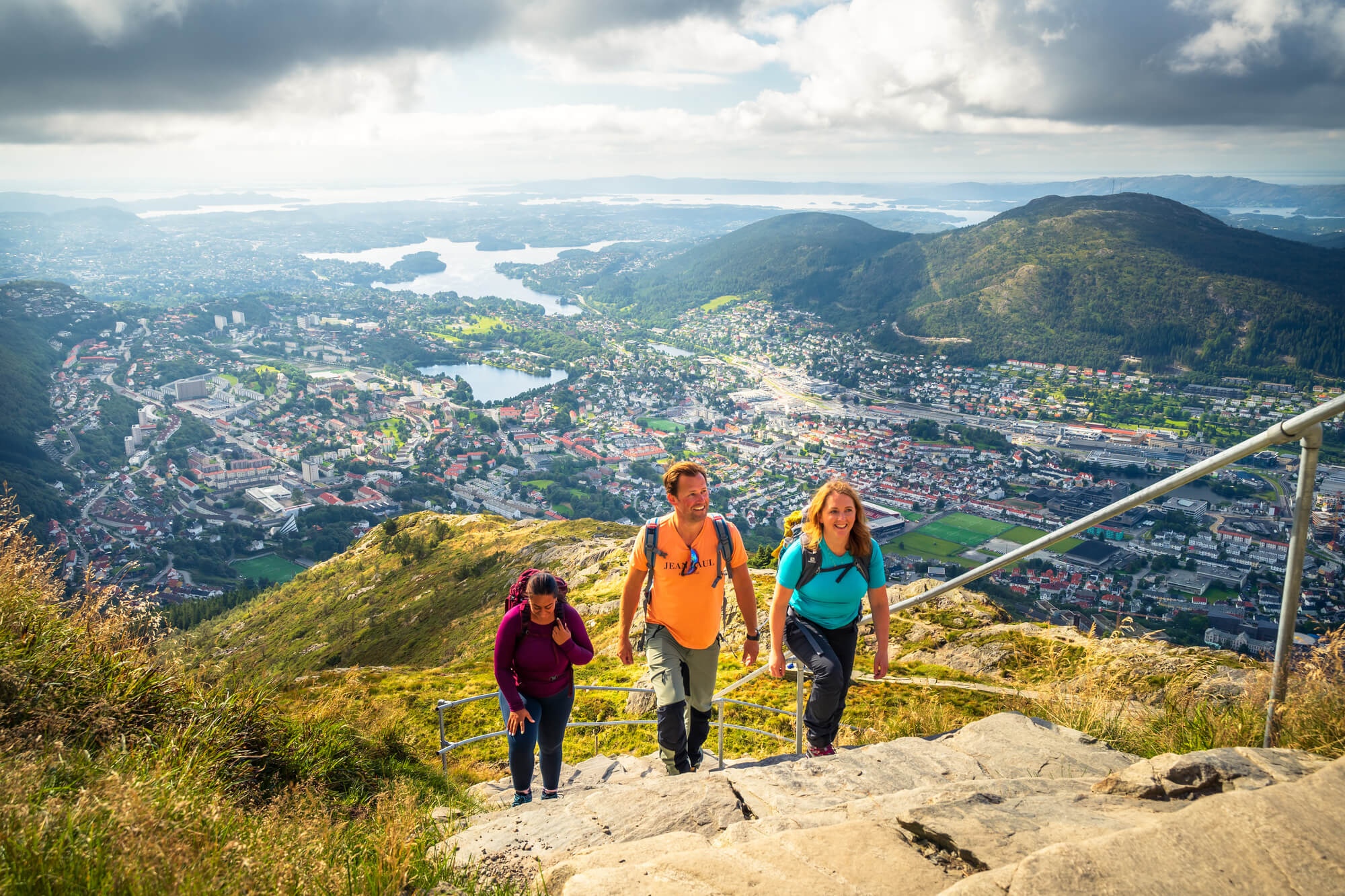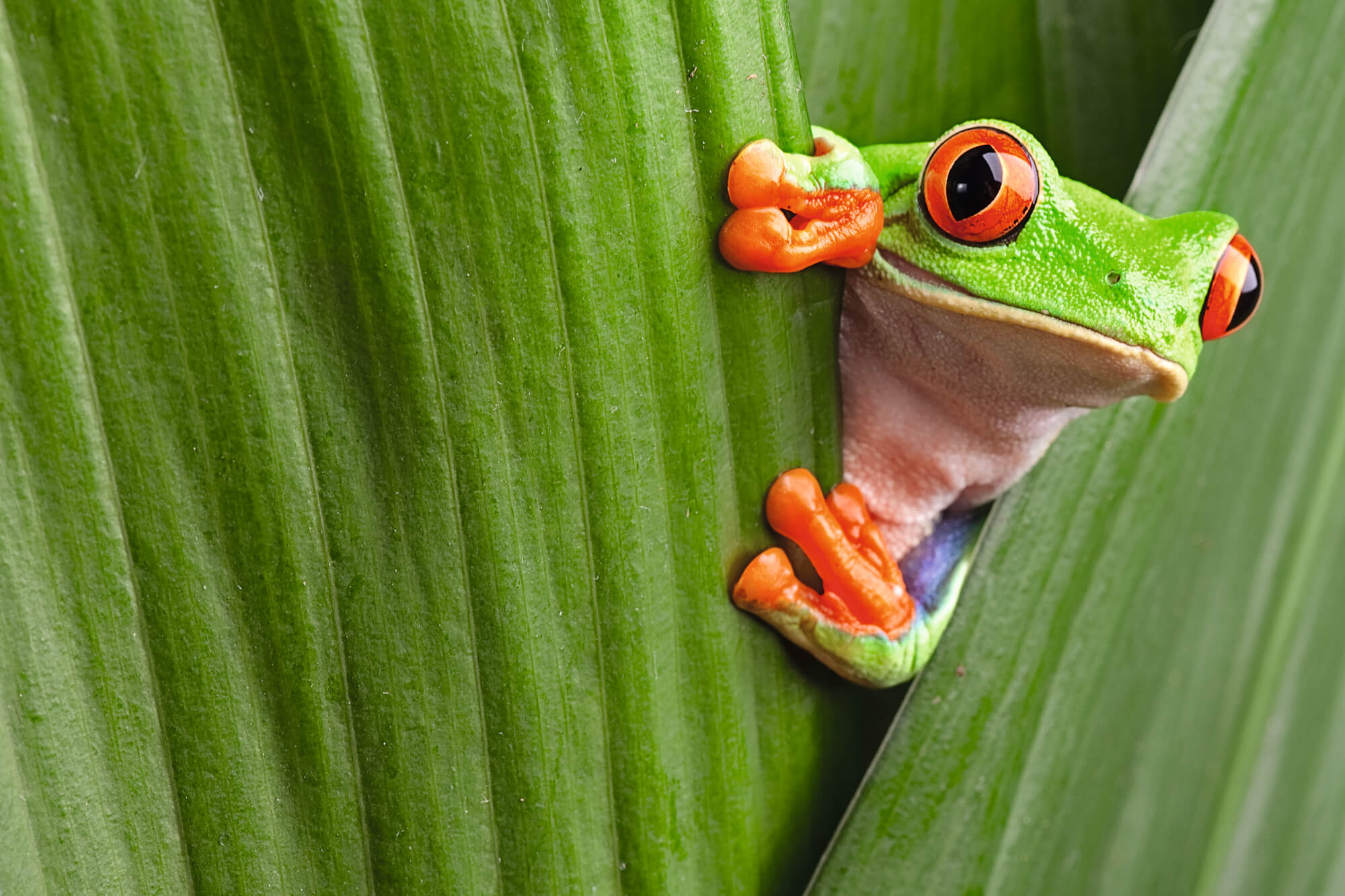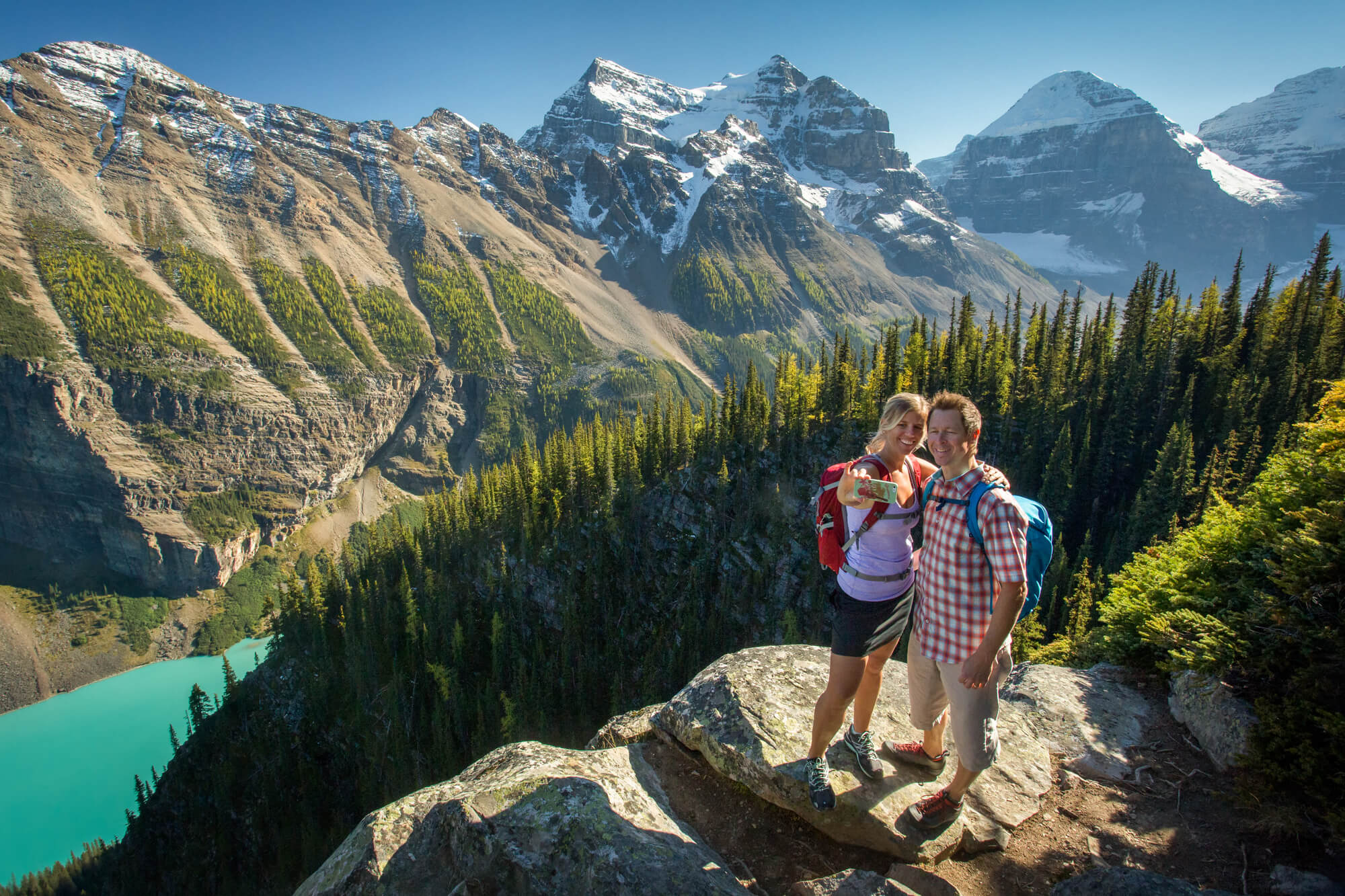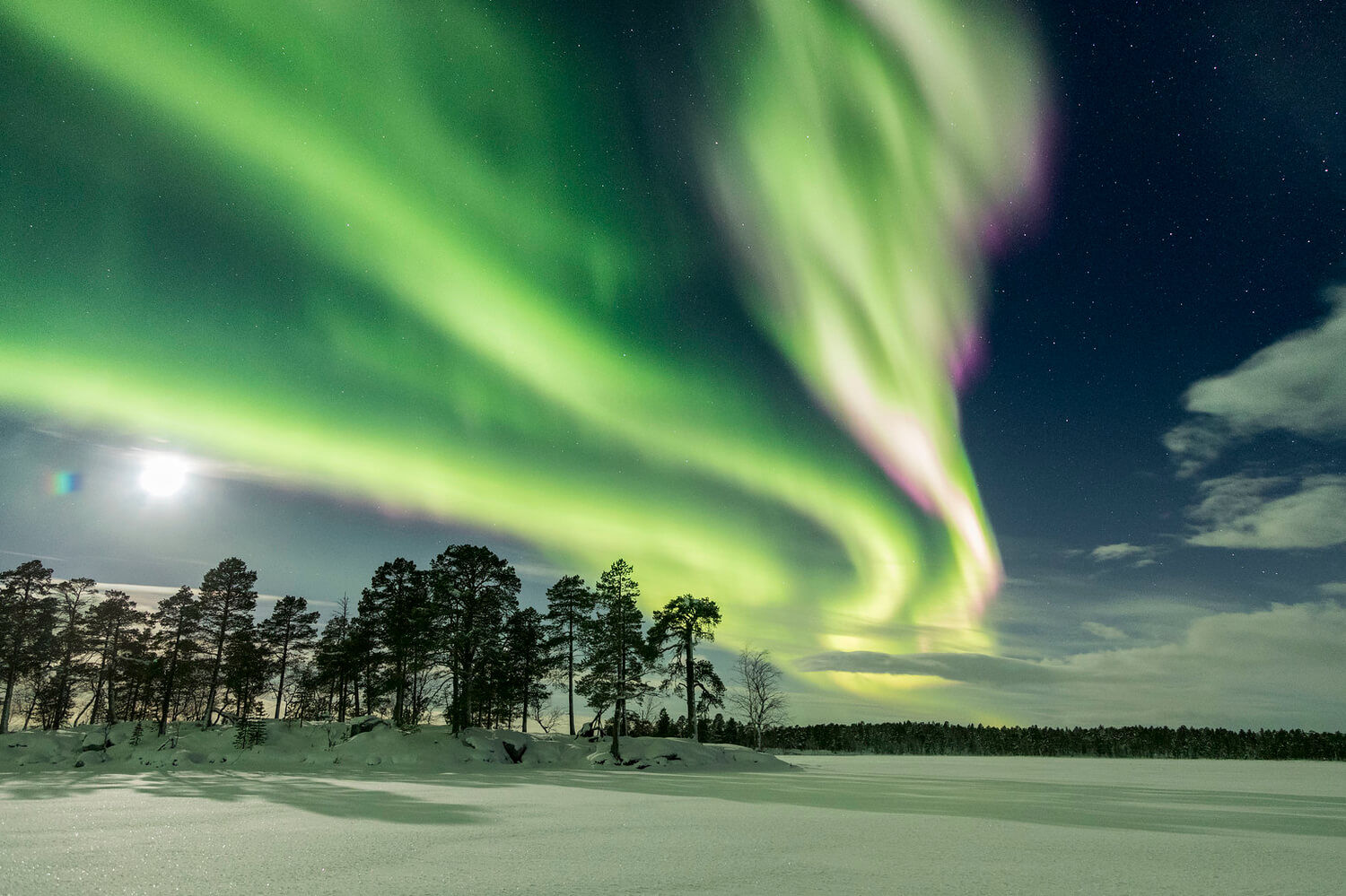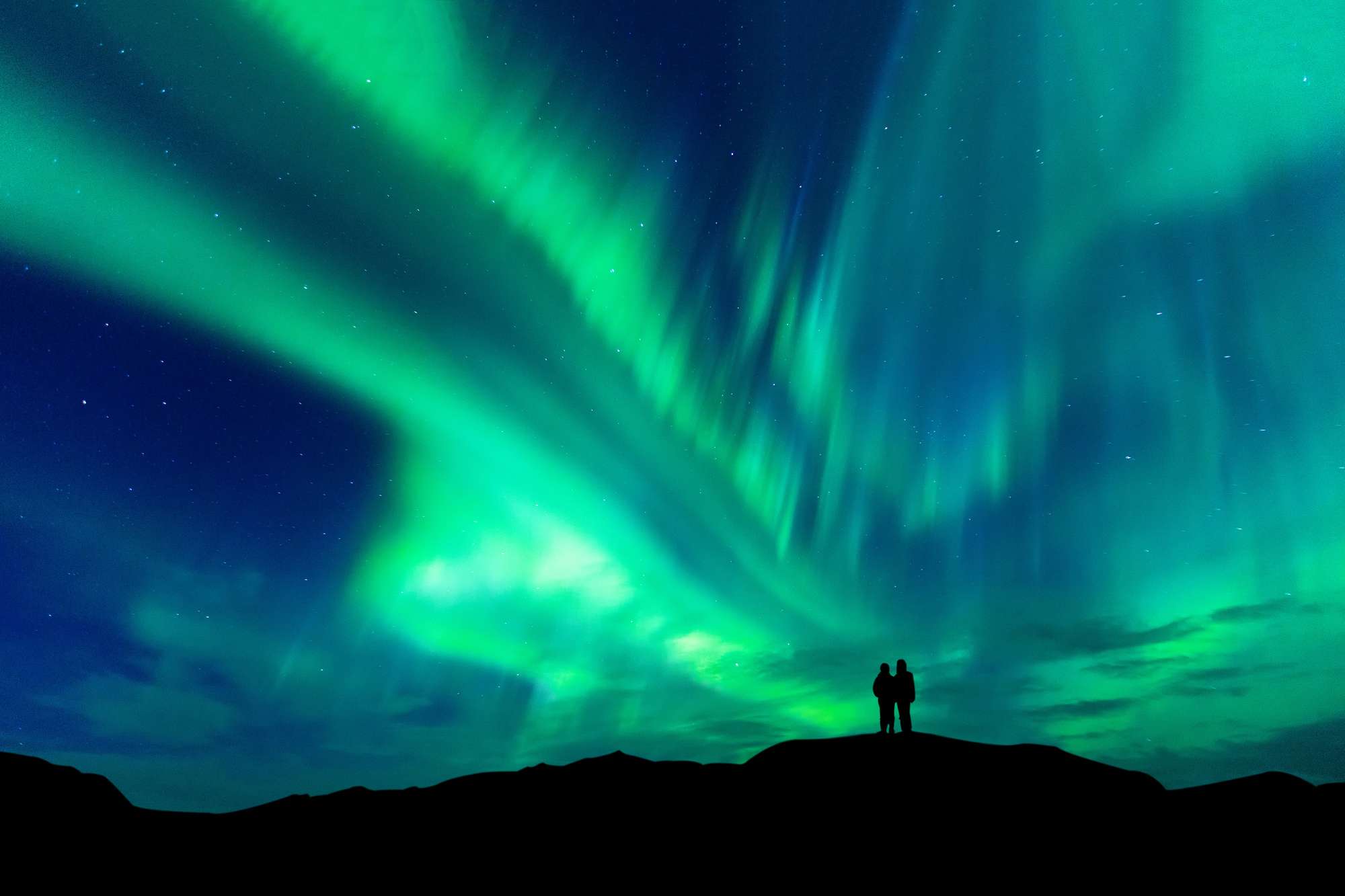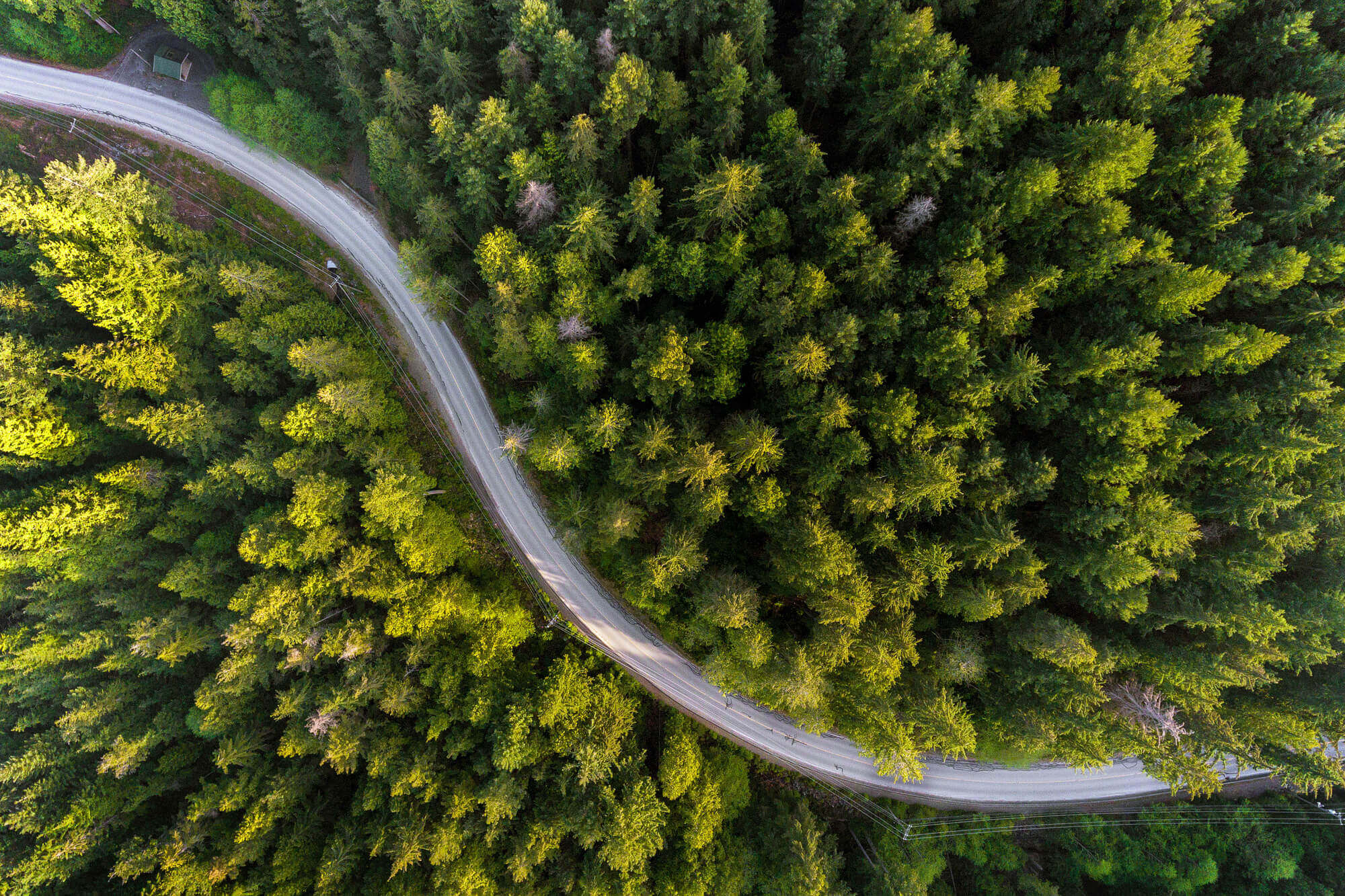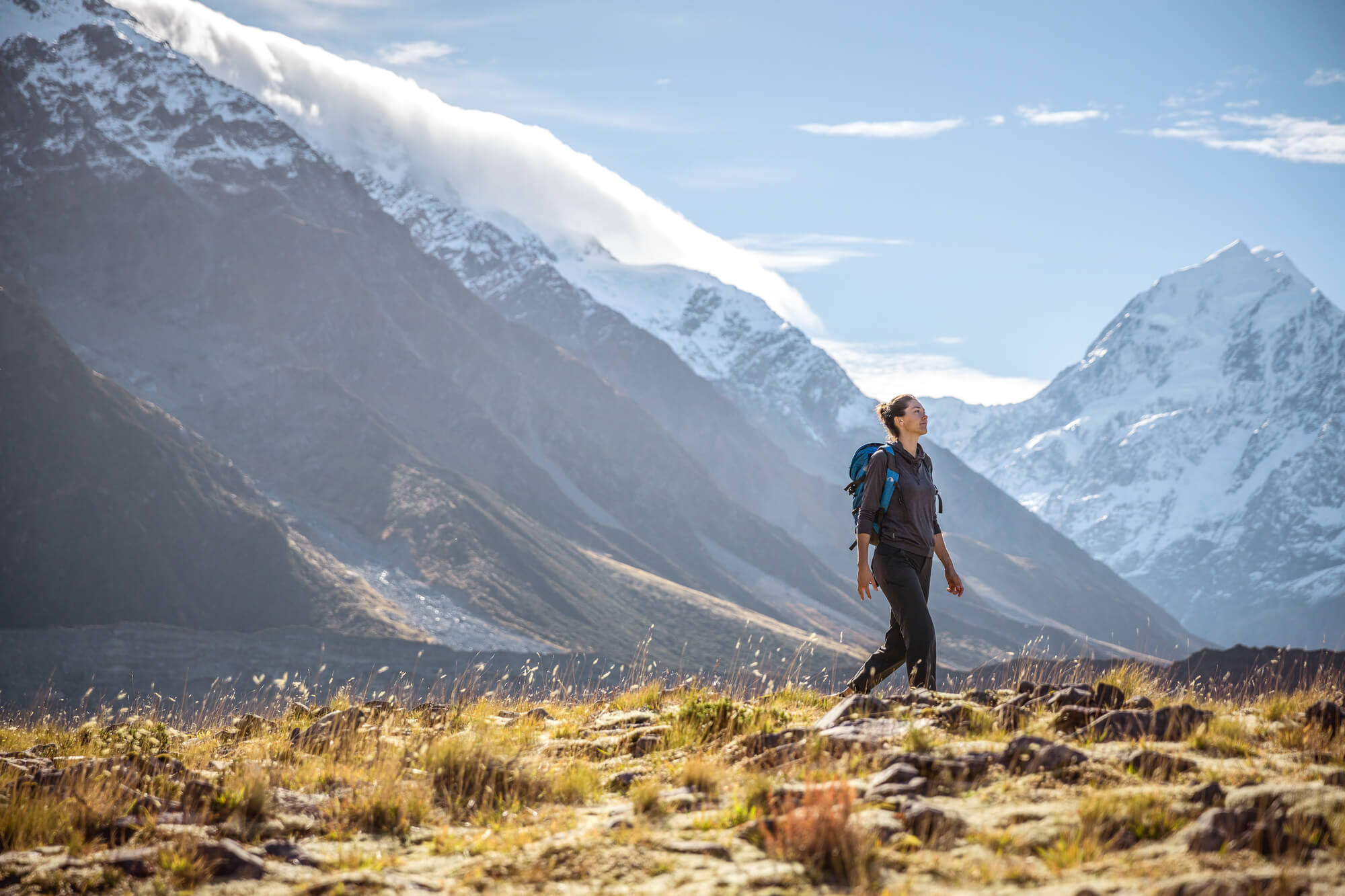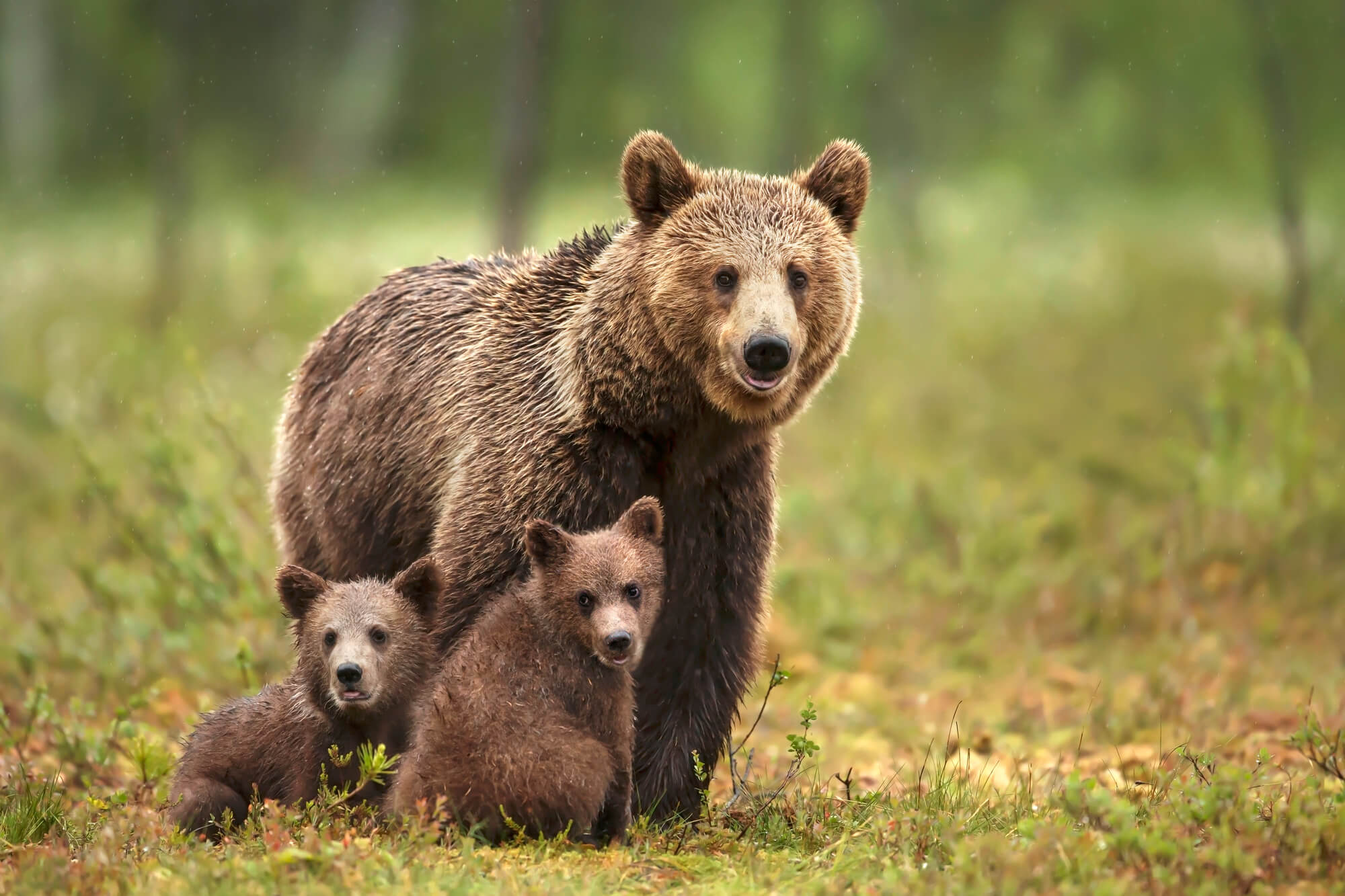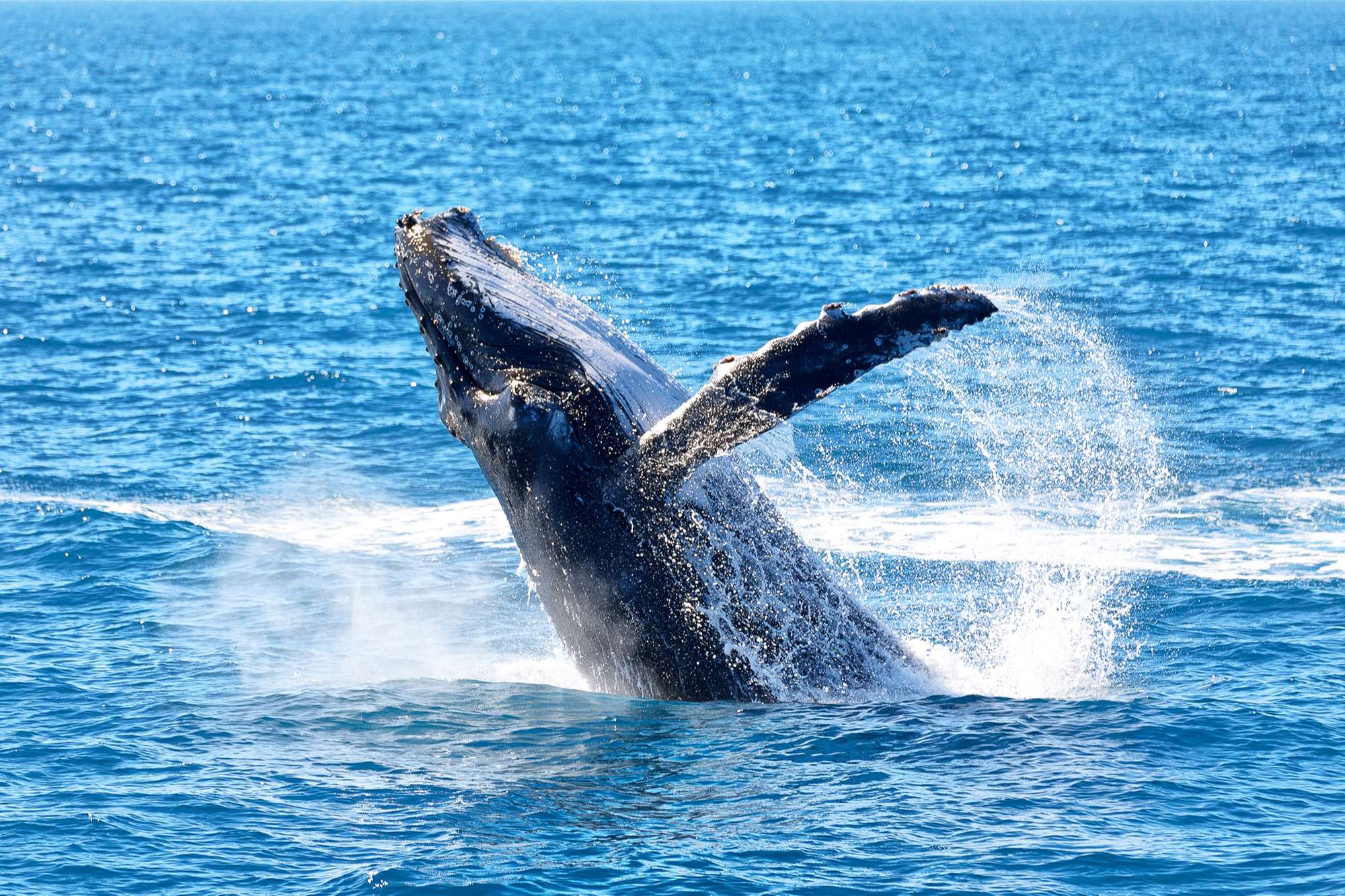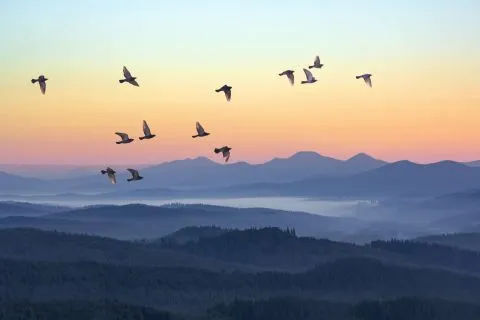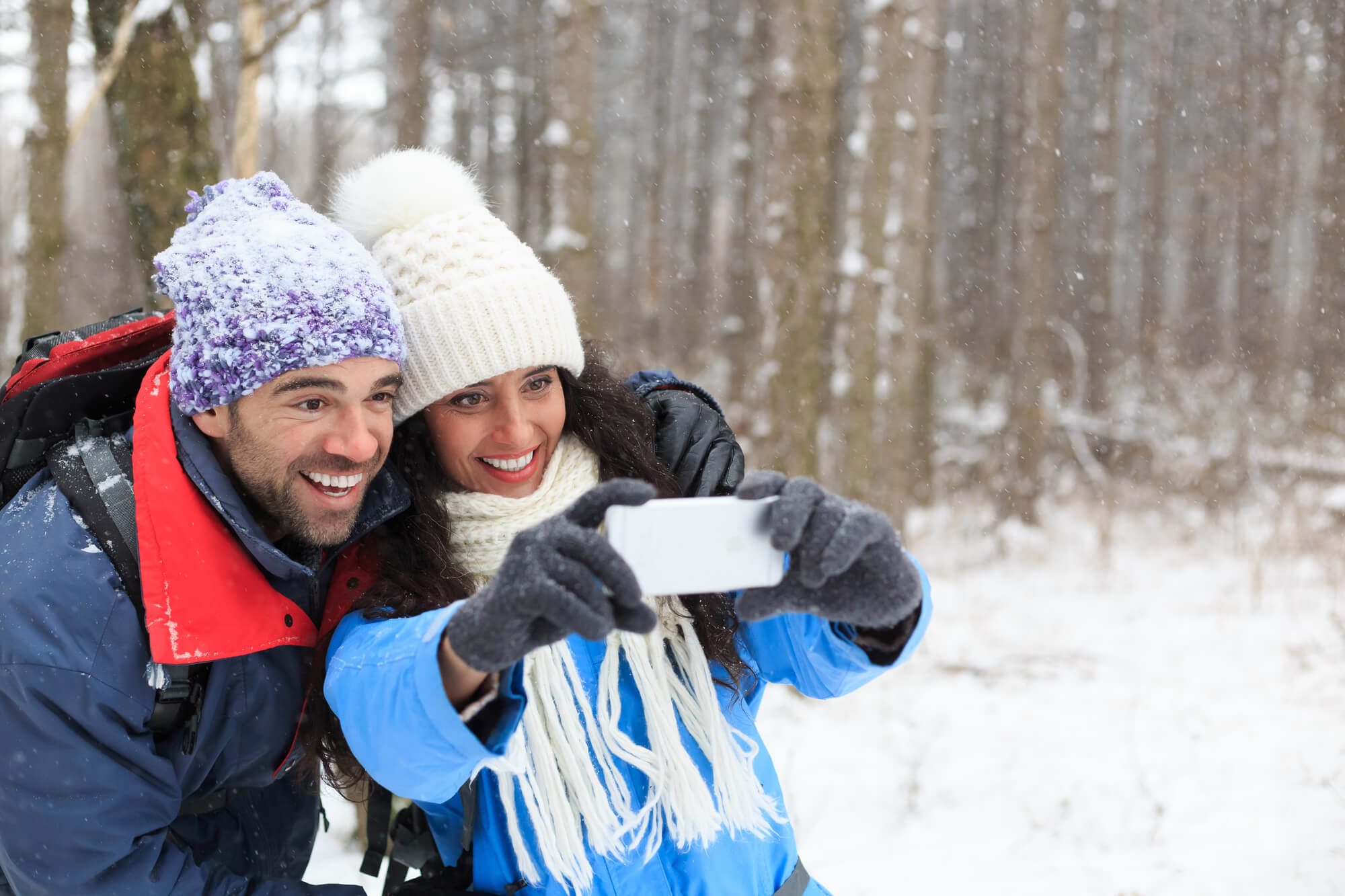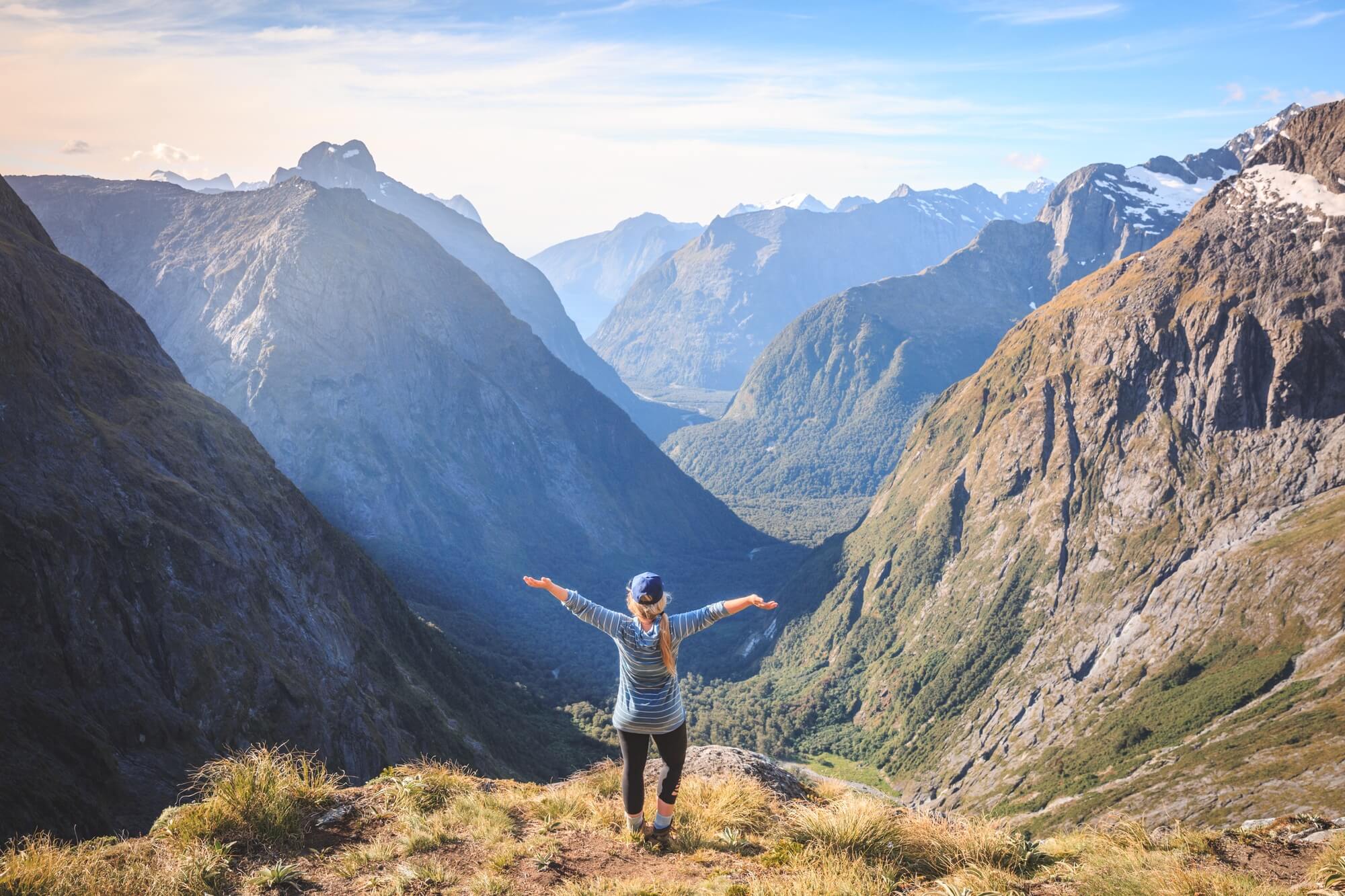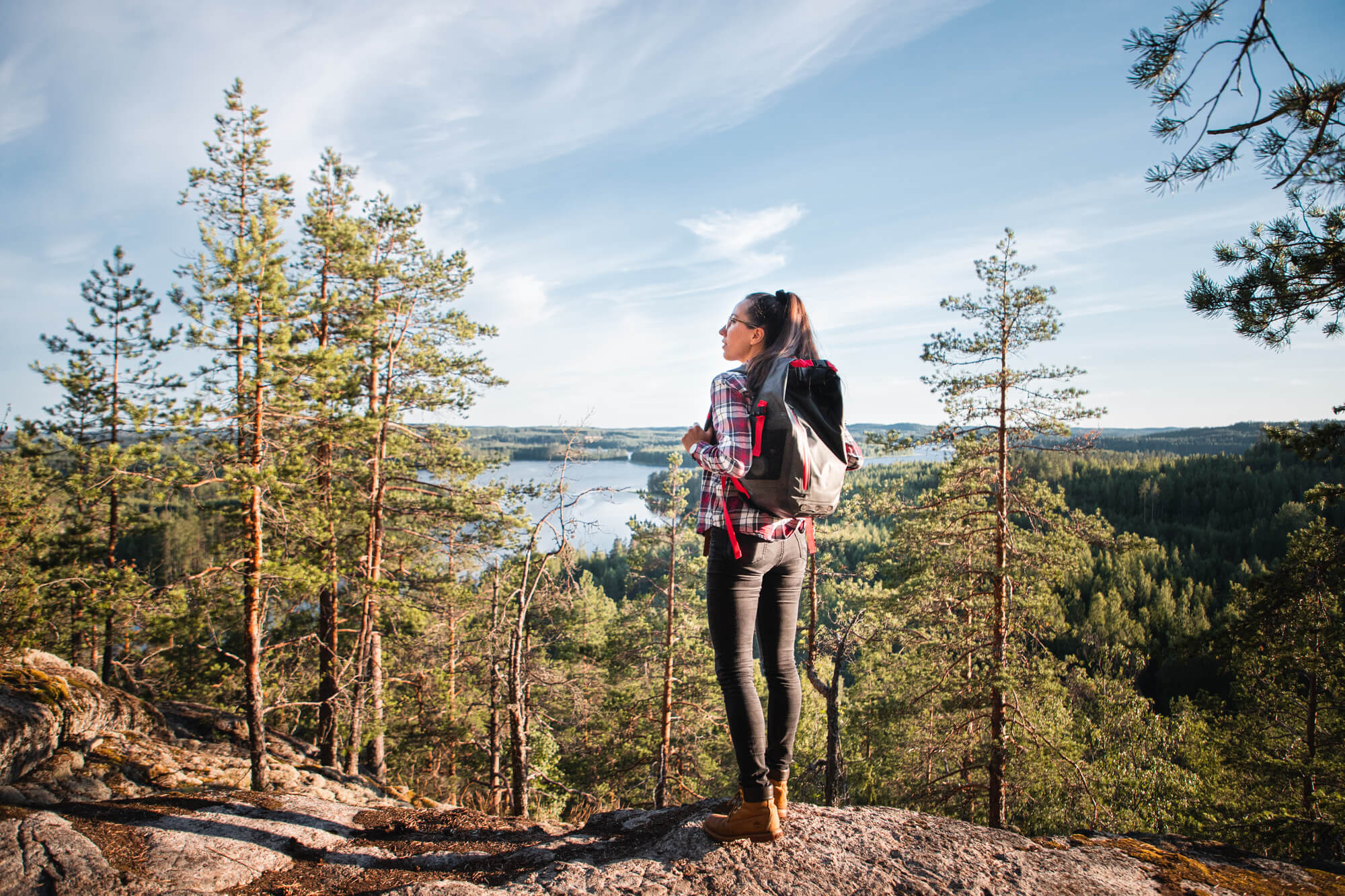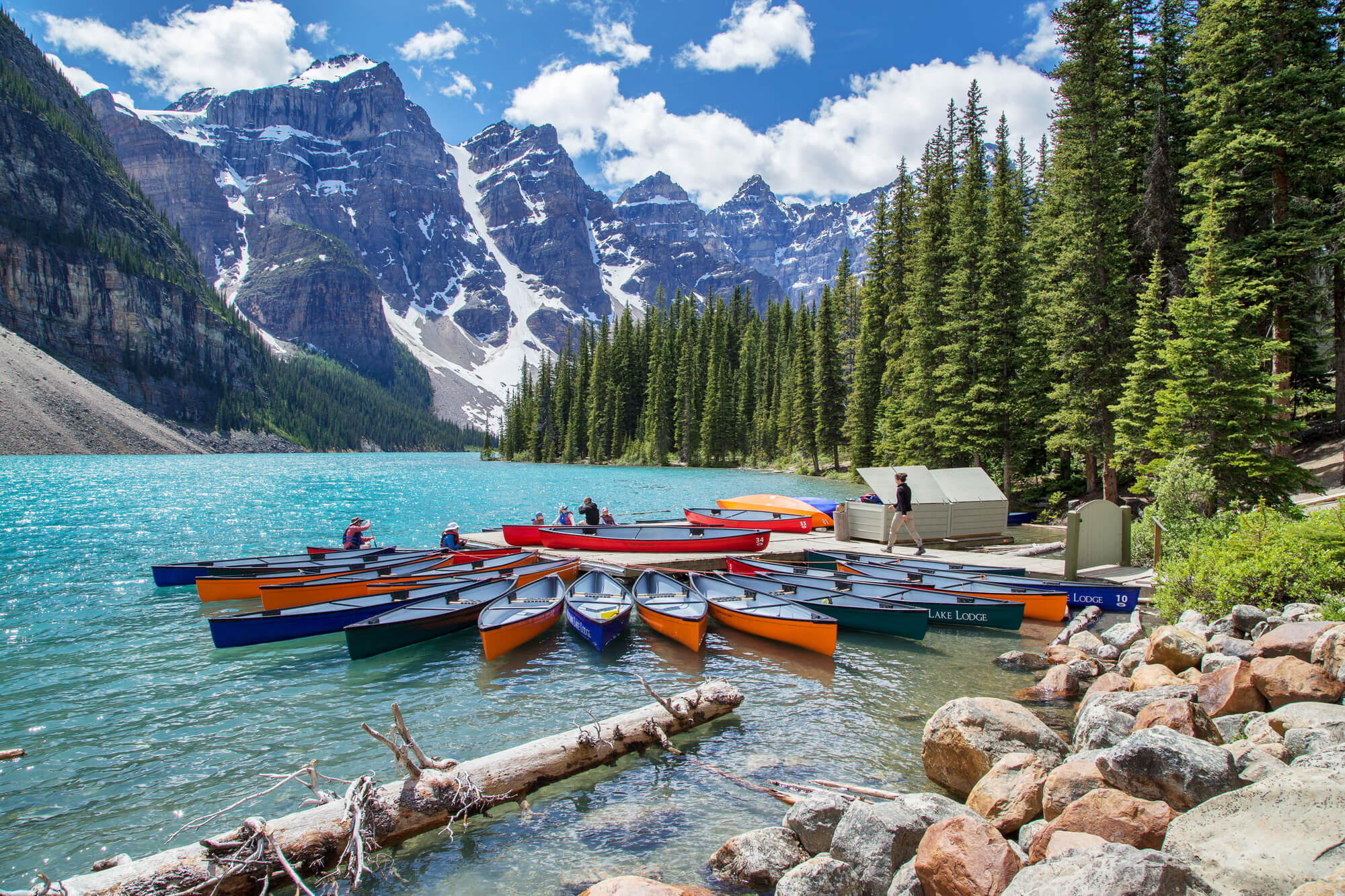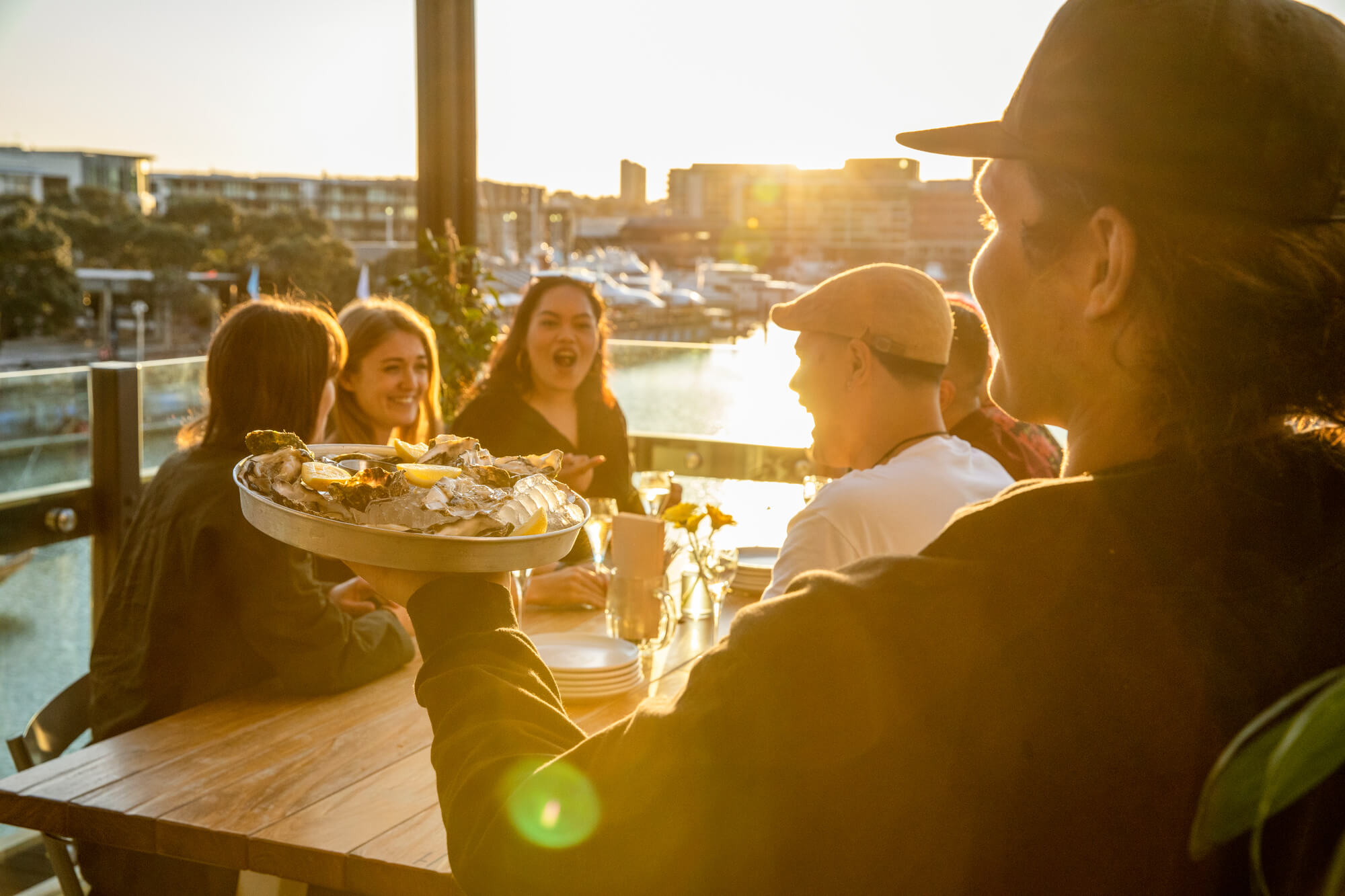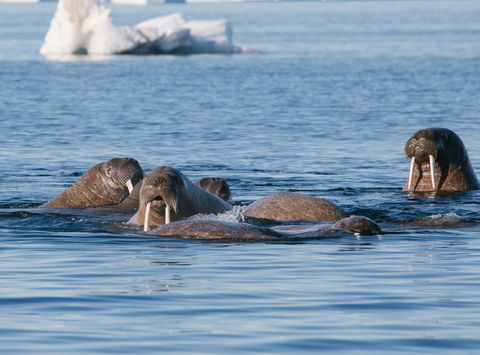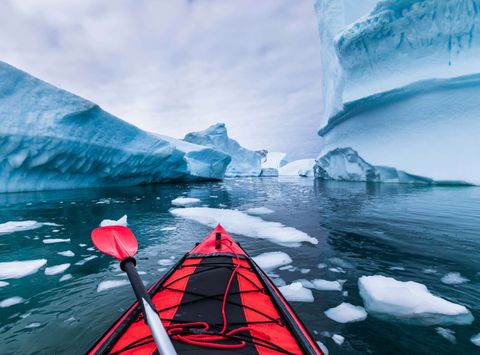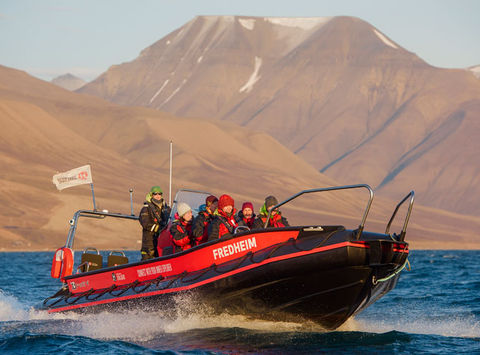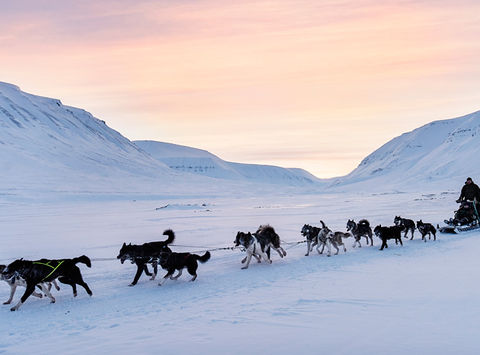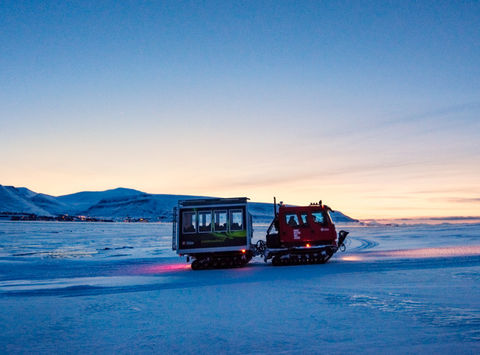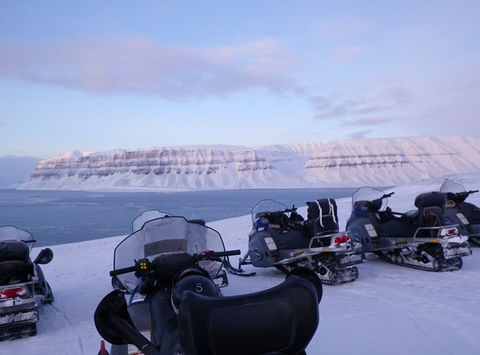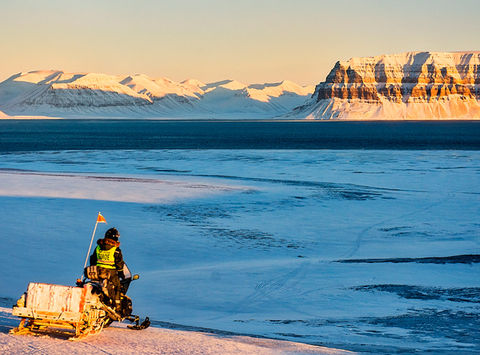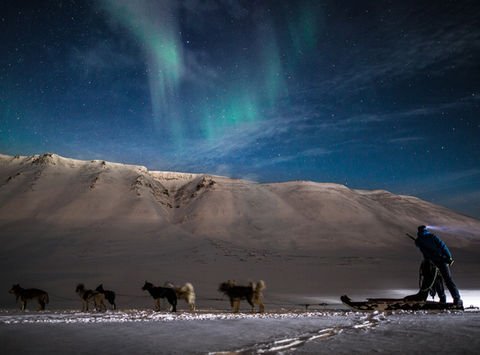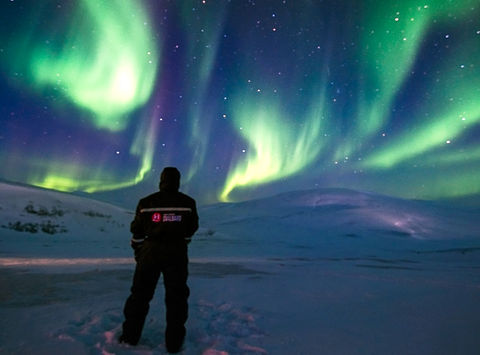As much as we love penguins, polar bears, icebergs and glacier-wreathed bays, you probably don’t need us to tell you that Antarctica and the Arctic are breathtakingly beautiful, or that you’re in for a treat when it comes to wildlife. What you may need advice on, though, is choosing between our polar holidays.
How to decide between north and south, whether land-based adventure or small-ship voyage is best, which expedition ship to choose, when to go and how to get there. That’s where our Travel Specialists can help. They’re cool, calm experts in all things polar.

If you travel across the infamous Drake Passage, take some ginger tea or ginger biscuits with you to banish nausea. It can also help to lay in a place where you can see the horizon and get air often.
-
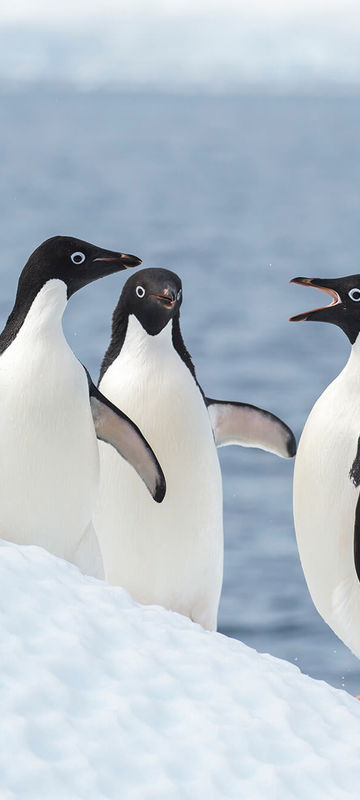
Antarctica
Discover an unrivalled range of Polar voyages
-
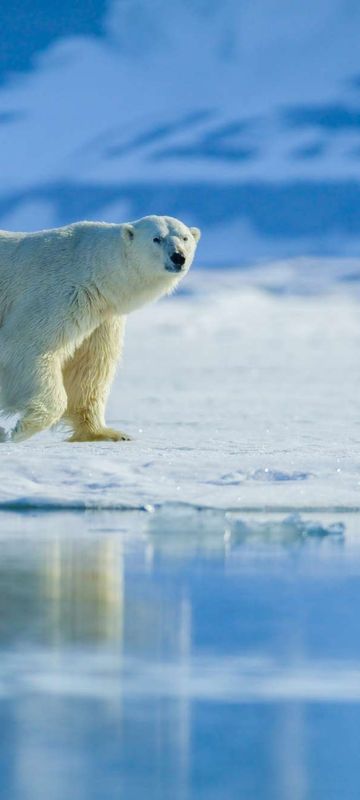
The Arctic
Exceptional small ship voyages
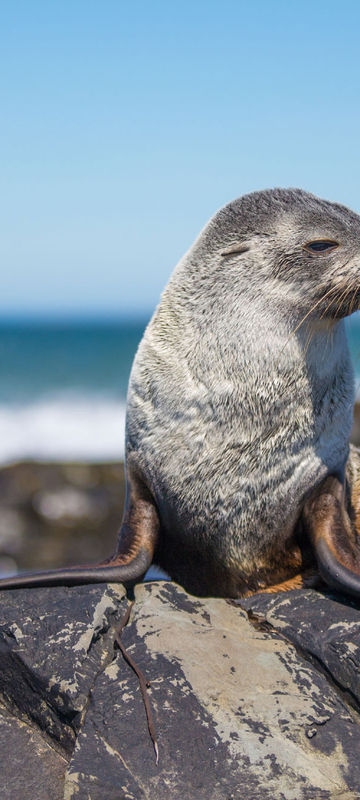
Falkland Islands
Discover the wild and wonderful Falklands
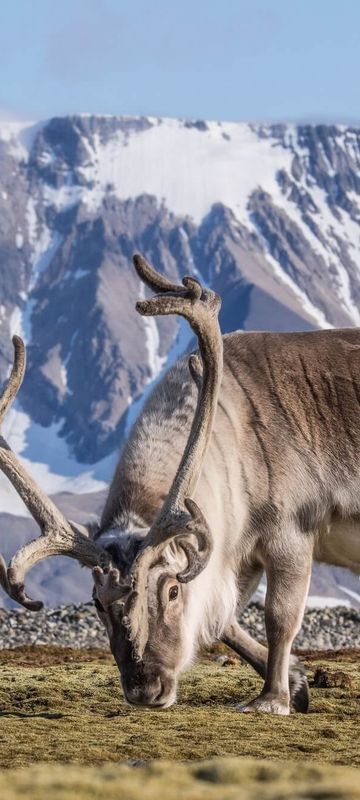
Svalbard
Explore an Arctic archipelago
-
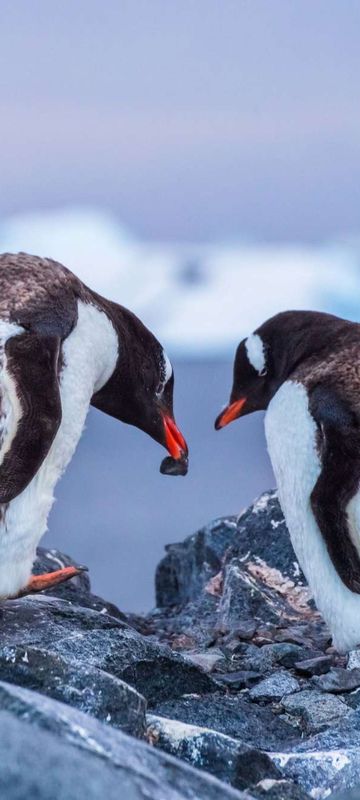
Highlights
Get to know Antarctica’s most famous residents
-
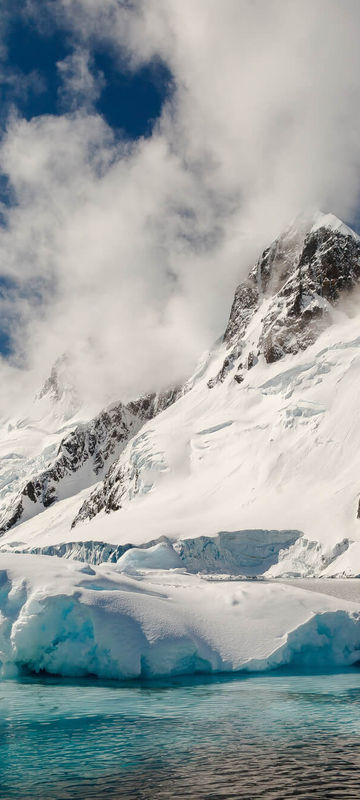
Highlights
Be wowed by awe-inspiring scenery
-
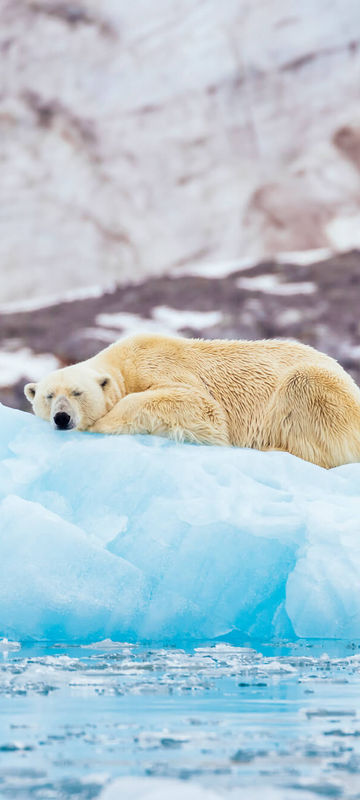
Highlights
Keep watch for polar bears on pack ice
-
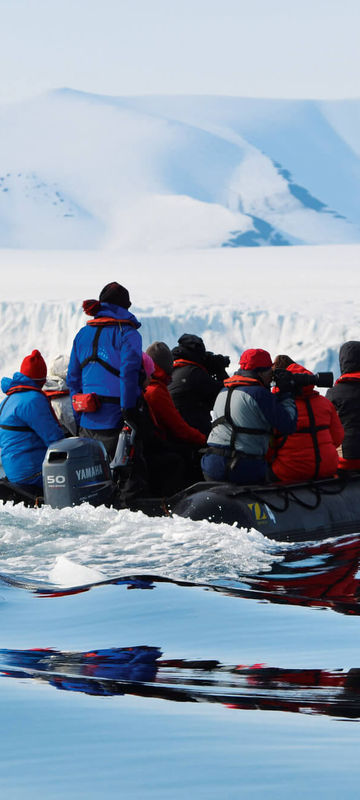
Highlights
Explore tranquil bays on Zodiac cruises
-
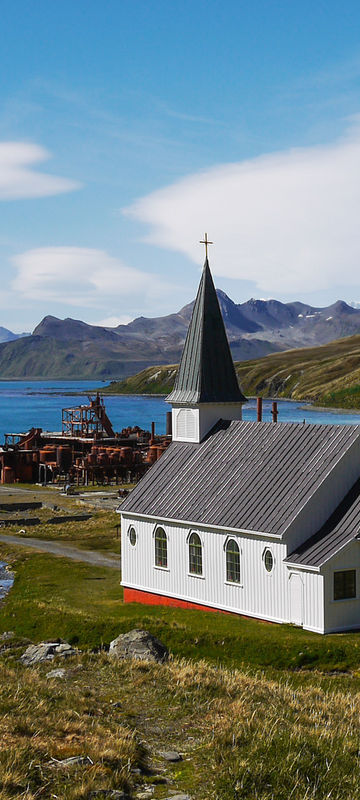
Highlights
Follow in the footsteps of intrepid explorers
-
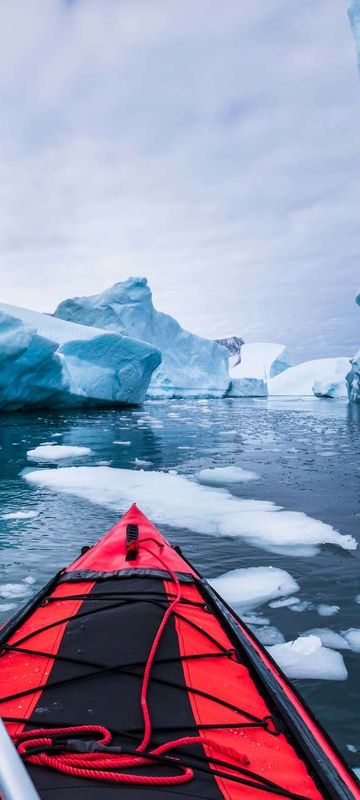
Highlights
Up the ante with a range of optional adventure activities
-
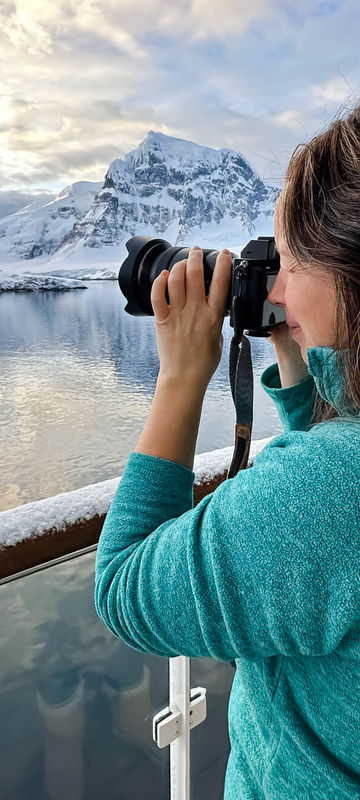
Travel Guides
How to Plan a Polar Holiday
Thinking about planning a trip to the polar regions, but not sure where to start? Read our step by step guide to choosing your expedition voyage…
-
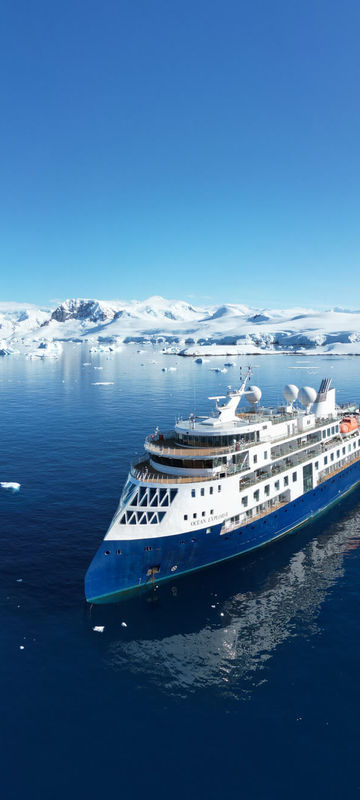
Travel Guides
How to pick your perfect polar expedition vessel
There’s an increasing range of expedition ships cruising in polar waters these days, so how on earth do you pick the right one for you? Read our expert guide.
Polar holiday ideas
-
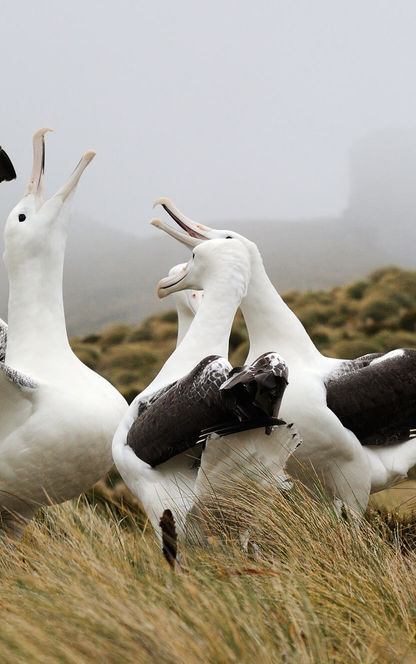
Sub-Antarctic Island Discovery
Antarctica Small Ship CruiseDiscover the raw beauty of the UNESCO World Heritage listed Australian and New Zealand Sub-Antarctic Islands on this epic adventure!
From £7995 Excluding Flights
Discover More11-14 Nights
Jan & Nov-Dec
-
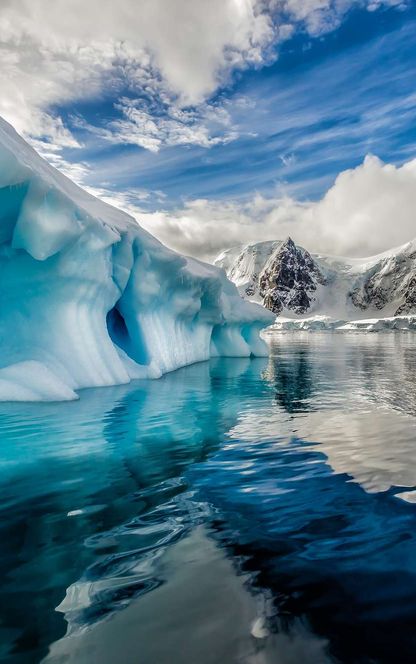
Antarctic Semi-Circumnavigation
Antarctica Small Ship CruiseJoin a spectacular expedition to the rarely navigated waters of the remote Ross Sea and the Antarctic Peninsula.
From £35036 Excluding Flights
Discover More33 Nights
Feb
-
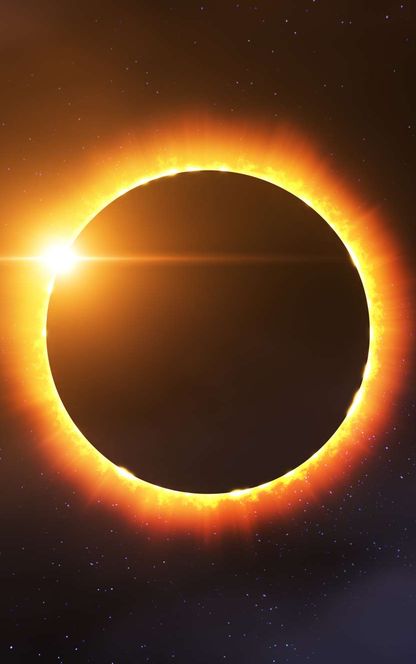 NewOffer Applies
NewOffer AppliesGreenland Solar Eclipse Voyage
Arctic Small Ship CruiseExperience a total eclipse of the sun from the unique perspective of a polar expedition ship.
From £10273
Discover More12 - 14 Nights
Aug
-
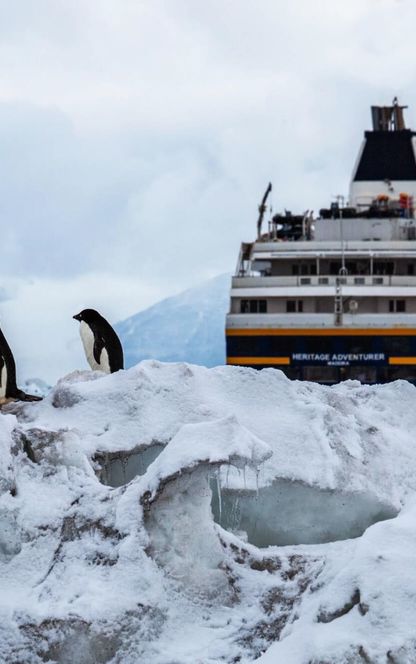
Ross Sea Voyage
Antarctica Small Ship CruiseJoin an expedition voyage to one of the most remote places on earth, the Ross Sea - the gateway to the South Pole.
From £24995 Excluding Flights
Discover More27 Nights
Jan-Feb
-
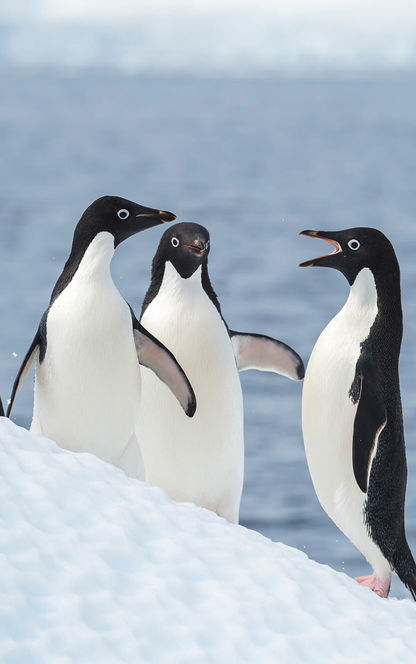 Offer Applies
Offer AppliesAntarctic Peninsula and the Weddell Sea
Antarctica Small Ship CruiseRoam between the west and less-visited east of the Peninsula by cruise.
From £10316 Excluding Flights
Discover More11-14 Nights
Feb-Mar & Nov-Dec
-
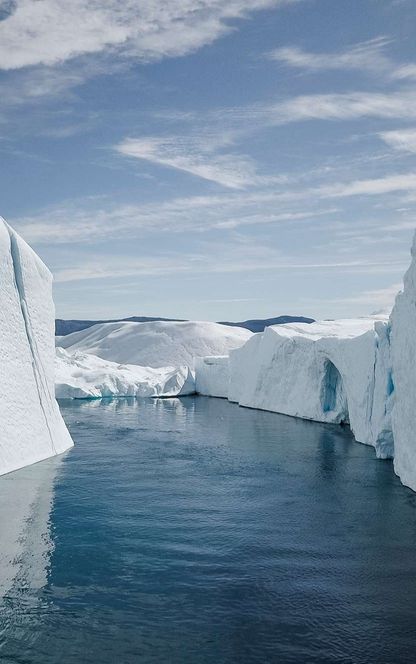
Greenland Disko Bay Voyage
Arctic Small Ship CruiseSail along the remote and dramatic Arctic coastline of West Greenland, with its high mountains, narrow fjords, giant glaciers and small Inuit settlements.
From £6636 Excluding Flights
Discover More7 Nights
Aug
-
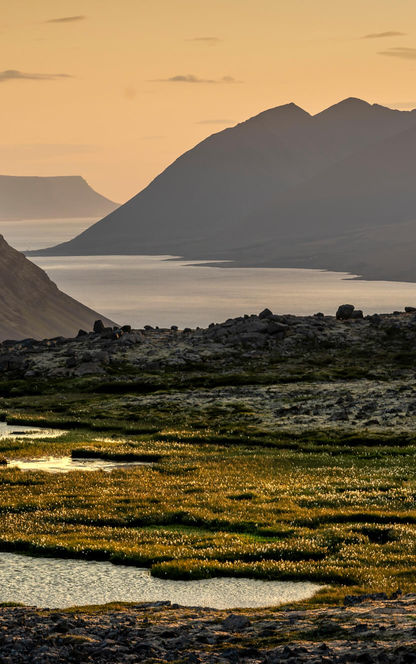 Offer Applies
Offer AppliesIceland Circumnavigation
Iceland Small Ship CruiseExplore Iceland from a new perspective on this comprehensive expedition voyage, following the country’s spectacular coastline in search of whales, puffins and other wildlife.
From £10595 Excluding Flights
Discover More11 Nights
Jun
-
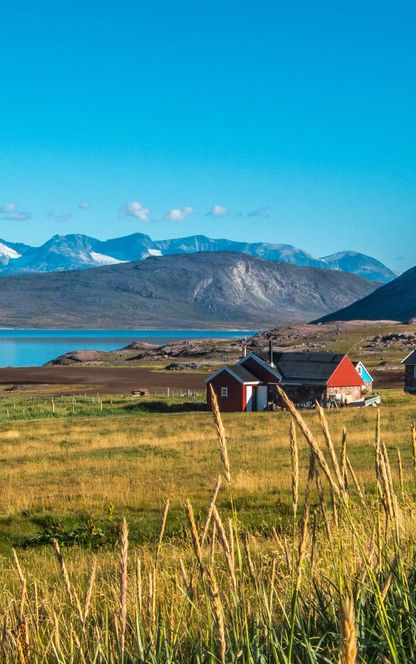 Offer Applies
Offer AppliesSouth Greenland Expedition Voyage
Arctic Small Ship CruiseExperience an in-depth exploration of southern Greenland by land, sea and air on this active voyage.
From £5955 Excluding Flights
Discover More9-13 Nights
Jul-Sep
-
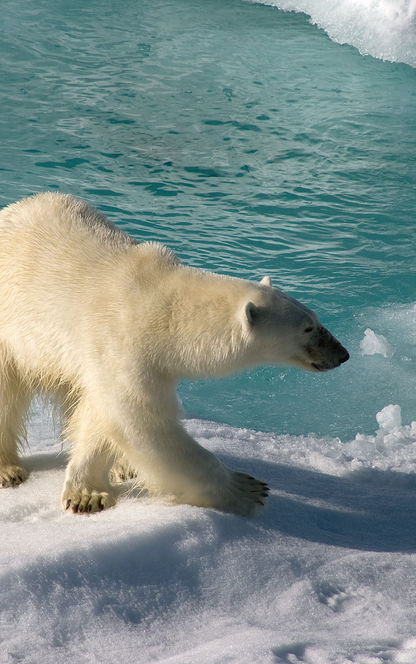 Offer Applies
Offer AppliesAround Spitsbergen
Arctic Small Ship CruiseVoyage along the Spitsbergen coast in search of polar bears and explorer history.
From £6773 Excluding Flights
Discover More7-13 Nights
Jun-Aug
-
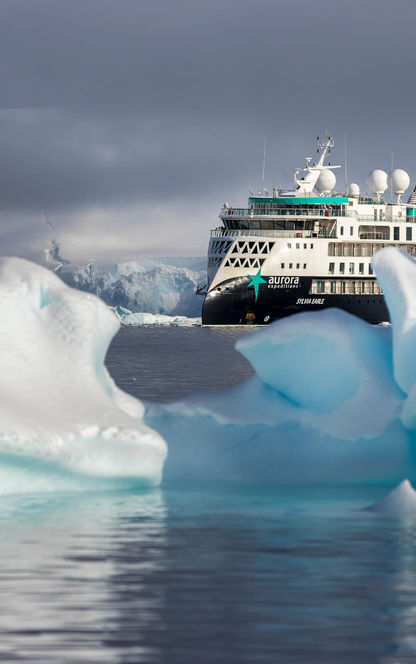 Offer Applies
Offer AppliesClassic Antarctica
Antarctica Small Ship CruiseEncounter curious penguins and laid-back seals on a classic Antarctic cruise.
From £6680 Excluding Flights
Discover More8-14 Nights
Jan-Mar & Oct-Dec
-
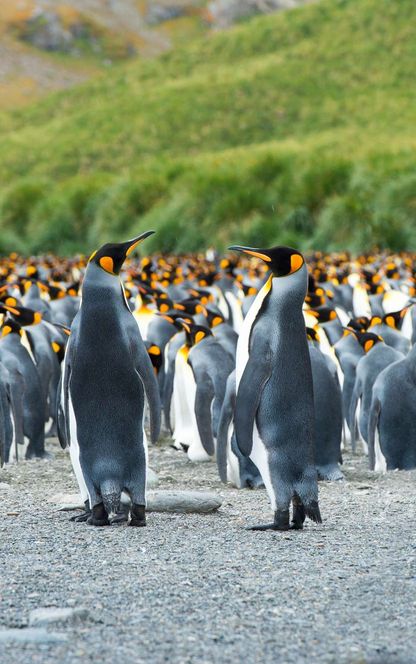 Offer Applies
Offer AppliesAntarctic Peninsula and South Georgia
Antarctica Small Ship CruiseRetrace the route of Shackleton on this adventure from South Georgia to the Antarctic Peninsula.
From £18556 Excluding Flights
Discover More17-19 Nights
Jan-Mar & Nov
-
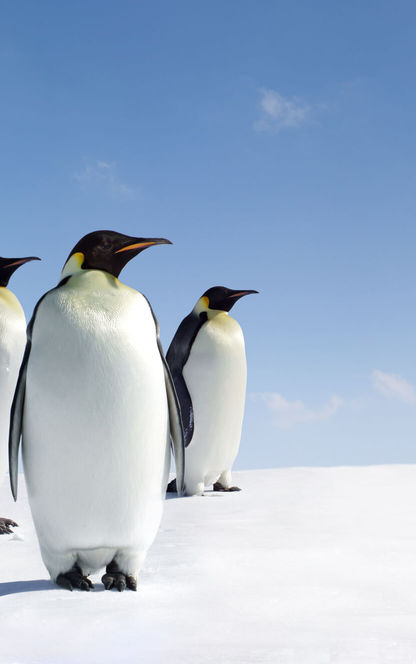
In Search of Emperor Penguins
Antarctica Small Ship CruiseJourney to the bottom of the world, through a realm of creaking glaciers and vast icebergs in search of the famous emperor penguin.
From £11591 Excluding Flights
Discover More10 Nights
Nov
-
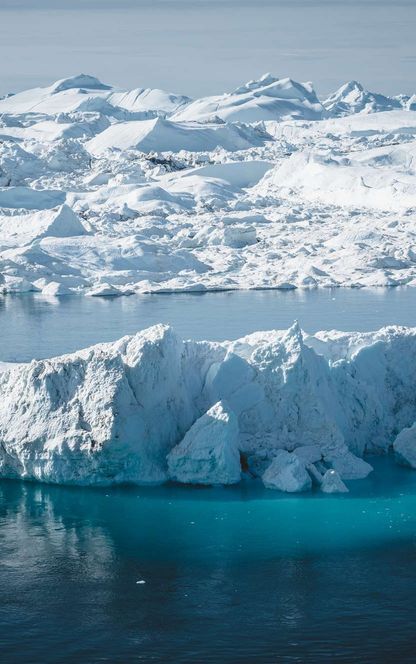 Offer Applies
Offer AppliesWest Greenland Explorer
Arctic Small Ship CruiseExplore the ice-choked fjords and small settlements along the coast of West Greenland on this adventure-filled voyage.
From £10400 Excluding Flights
Discover More9-14 Nights
Aug
-
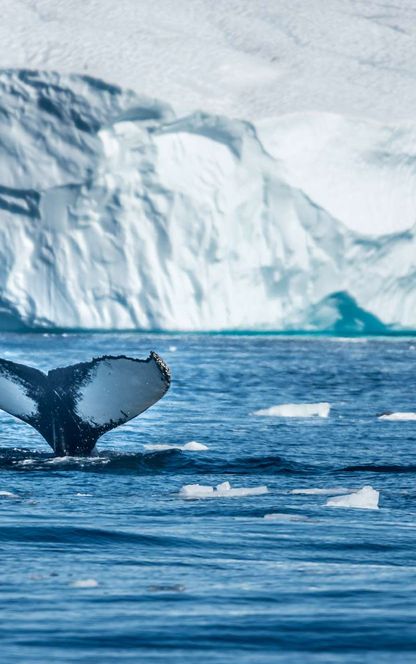 Offer Applies
Offer AppliesDiscover Greenland
Arctic Small Ship CruiseEnjoy an ultra-immersive exploration of some of Greenland’s most remote regions.
From £10196 Excluding Flights
Discover More11 - 25 Nights
Jul-Aug
-
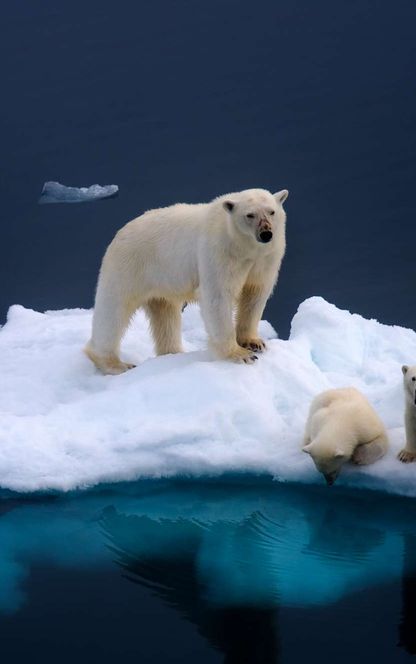 Offer Applies
Offer AppliesWest Spitsbergen Explorer
Arctic Small Ship CruiseExperience the best of Spitsbergen's beautiful and rugged west coast as you search for wildlife and more.
From £5672 Excluding Flights
Discover More8-11 Nights
May-Aug
-
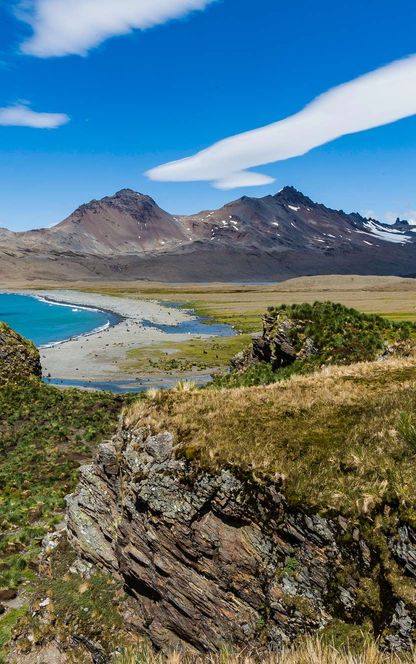
South Georgia via the Falklands
Antarctica Small Ship CruiseImmerse yourself in the majestic landscapes and wildlife of these two island groups.
From £14616 Excluding Flights
Discover More18 Nights
Oct
-
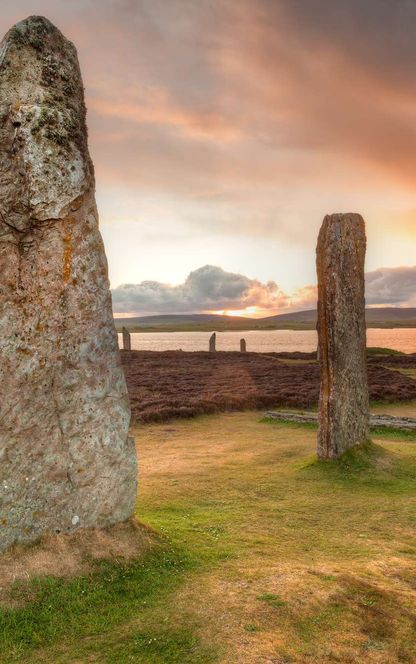
Scotland to Svalbard
Arctic Small Ship CruiseFollow in the wake of the Vikings as you cruise north past ancient sites and incredible scenery
From £7895 Excluding Flights
Discover More12-13 Nights
Apr-May
-
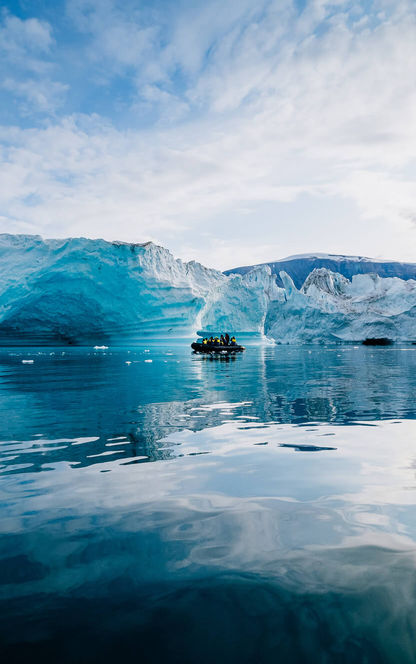 Offer Applies
Offer AppliesScoresby Sund Explorer
Arctic Small Ship CruiseExplore the world's longest fjord and its magnificent icebergs on an expedition cruise to Greenland.
From £5773 Excluding Flights
Discover More9-11 Nights
Aug-Sep
-
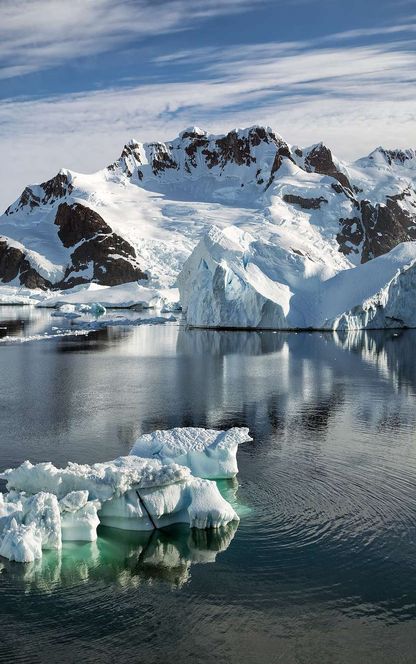 Offer Applies
Offer AppliesPeninsula Fly-In
Antarctica Small Ship CruiseThe ideal way to experience the Antarctic Peninsula whilst without having to tackle the Drake Passage.
From £11836 Excluding Flights
Discover More7-13 Nights
Jan-Mar & Dec
-
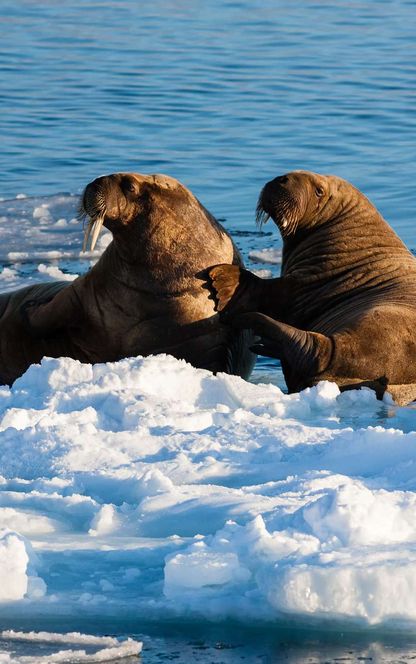 Offer Applies
Offer AppliesSpitsbergen to East Greenland
Arctic Small Ship CruiseExperience three Arctic islands with magnificent scenery and a prolific array of wildlife
From £8636 Excluding Flights
Discover More12-24 Nights
Jul-Aug
Polar experiences
-
Electric Northern Lights Snowmobile Safari
SvalbardBetween November and February each year a remarkable phenomenon occurs in Svalbard – The Polar Night. During these weeks the sun is at 6 degrees under the horizon and therefore never shines on Spitsbergen.
From £160
Discover More3 hours
Jan-Feb & Nov-Dec
